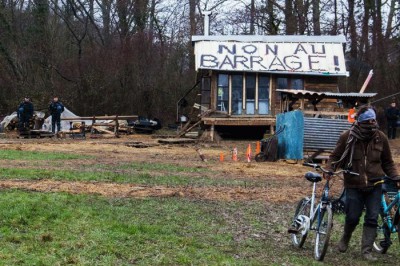http://www.soc.ucsb.edu/faculty/robinson/Assets/pdf/Crisis%20of%20Humanity.pdf
World
Economy www.worldfinancialreview.com
May - June 2014 Pg 14 – 16
Global Capitalism:
Crisis of Humanity and the Specter of 21st Century Fascism
By William I.
Robinson
About
the Author
William
I. Robinson is
professor of sociology, global and international studies, and Latin American
studies, at the University of California - Santa Barbara. Among his many books
are Promoting Polyarchy (1996), Transnational Conflicts (2003), A Theory of
Global Capitalism (2004), Latin America
and Global Capitalism(2008), and Global Capitalism and the Crisis of Humanity
(2014).
World capitalism is
experiencing the worst crisis in its 500 year history. Global capitalism is a
qualitatively new stage in the open ended evolution of capitalism characterised
by the rise of transnational capital, a transnational capitalist class, and a
transnational state. Below, William I. Robinson argues that the global crisis
is structural and threatens to become systemic, raising the specter of collapse
and a global police state in the face of ecological holocaust, concentration of
the means of violence, displacement of billions, limits to extensive expansion
and crises of state legitimacy, and suggests that a massive redistribution of
wealth and power downward to the poor majority of humanity is the only viable
solution.
The New Global
Capitalism and the 21st Century Crisis
The
world capitalist system is arguably experiencing the worst crisis in its 500
year history. World capitalism has experienced a profound restructuring through
globalisation over the past few decades and has been transformed in ways that
make it fundamentally distinct from its earlier incarnations. Similarly, the
current crisis exhibits features that set it apart from earlier crises of the
system and raise the stakes for humanity. If we are to avert disastrous
outcomes we must understand both the nature of the new global capitalism and
the nature of its crisis. Analysis of capitalist globalisation provides a
template for probing a wide range of social, political, cultural and
ideological processes in this 21st century. Following Marx, we want to focus on
the internal dynamics of capitalism to understand crisis. And following the
global capitalism perspective, we want to see how capitalism has qualitatively
evolved in recent decades.


